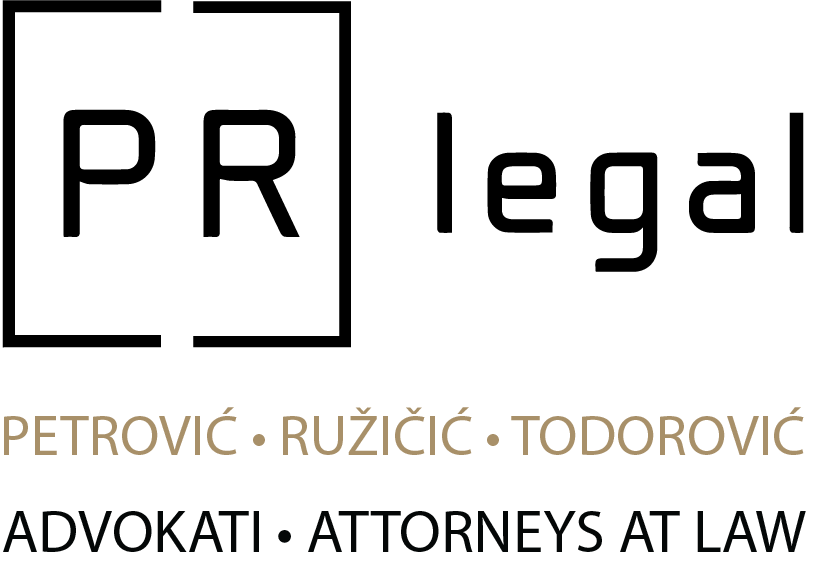New Rules on the Use of Drones in Serbia
February 11, 2020
Following the trend of stricter regulations enacted in the US (Federal Aviation Administration) and somewhat milder rules of the European Union Aviation Safety Agency which recently published a set of rules for flying drones in Europe, based on the European Union’s Implementing Regulation (EU) 2019/947 of May 24, 2019, the new Rulebook on unmanned aircraft system will start to apply in Serbia as of February 15, 2020.
Unlike the previous Rulebook of 2015, which referred to the unmanned aircraft systems with the operating mass exceeding 0.5 kg, with the maximum speed exceeding 20m/s and maximum height up to 10m, technological development and the need for additional regulation of the use of drones imposed the alignment of national regulations with the rules already applied abroad (EU).
The basis of the new Rulebook on unmanned aircraft systems implies that the stated regulation would not apply to:
- Aircrafts with maximum take-off mass of less than 25 kg, providing that their maximum speed does not exceed 19 m/s and that they cannot transfer kinetic energy above 80 Joules,
- Operating unmanned aircrafts indoors,
- Unmanned aircrafts with maximum mass exceeding 150 kg, and
- Aircrafts used for operative purposes of authorities in charge of defense, interior and customs.
The new Rulebook stipulates four categories of unmanned aircrafts according to their maximum mass: category 1 (from 0.25kg to 0.9 kg); category 2 (from 0.9 kg to 4 kg); category 3 (from 4 kg to 25 kg) and category 4 (from 25 kg to 150 kg).
The obligation of entry into the registry kept by the Civil Aviation Directorate of the Republic of Serbia will apply to all unmanned aircrafts in categories 3 and 4, as well as to those in categories 1 and 2 that are used for: flying above 100 m; flying in the vicinity of airports; flying at horizontal distance exceeding 500 m from the operator of unmanned aircraft; flying over assemblies of people, near assemblies of people, in conditionally prohibited zones; flying at night or flying for the purpose of distributing liquids or objects or for carrying external load which is not a structural element of the unmanned aircraft.
Therefore, the owners of drones with maximum take-off mass exceeding 250 grams, who use the aircrafts for the purposes and in the manner as stated above, shall be obliged to register their aircrafts with the Civil Aviation Directorate and to respect numerous other rules established by the Rulebook.
In the event of failure to comply with the regulations and depending on the severity of offence, the fines for a legal person may range from RSD 100,000 to 2,000,000 and those for a natural person from RSD 10,000 to 150,000.
Recreational users of drones who fear administrative formalities and who do not need unmanned aircrafts with superior characteristics can nevertheless be relieved. The manufacturers have supplied the market with affordable drones whose maximum take-off mass is exactly 249 grams or even less.
This article is to be considered as exclusively informative, with no intention to provide legal advice.
If you should need additional information, please contact us directly.



